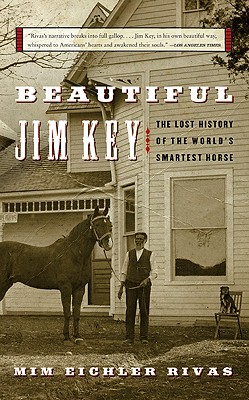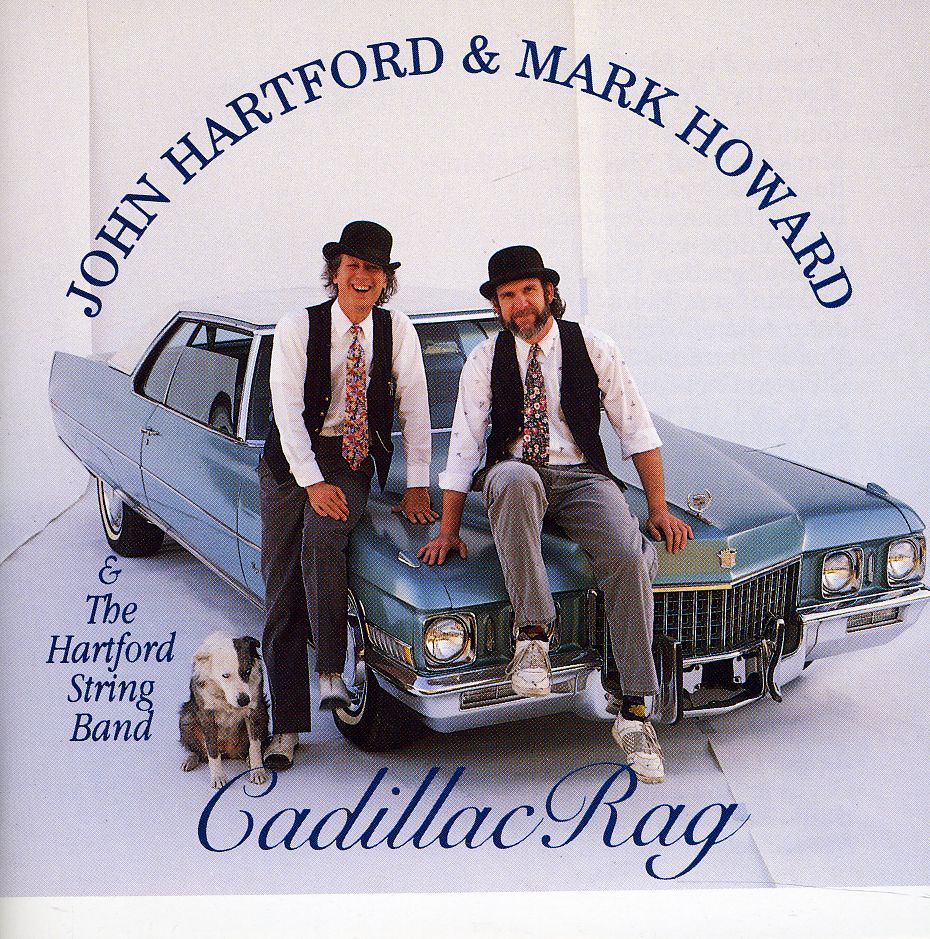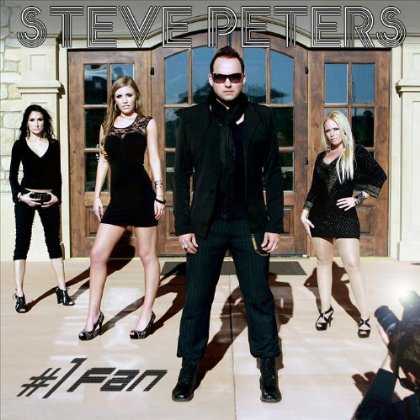
Shrager, Mark
But 1875, the year of the first Derby, was a different time. The Louisville Jockey Club track, which would one day bear the name "Churchill Downs," was a small structure that might, on its best day, provide seating and standing room for 12,000 spectators. The grandstand was plain and functional and included a section reserved for bookmakers, whose trade was legal and who operated in the open. Perhaps most significantly, the majority of jockeys in the race were Black, in stark contrast to the present-day Derby, where participation by African-American jockeys is rare.
In The First Kentucky Derby, racing historian Mark Shrager examines the events leading up to the first "Run for the Roses," the unsuccessful effort that the winning owner might have made to rig the race for his preferred horse, and the prominent role played by African Americans in Gilded Age racing culture--a holdover from pre-emancipation days, when slaves were trained from birth to ride for their wealthy owners and grew up surrounded by the horses that would be their life's work.
member goods
listens & views

DAUGHTER OF THE SOUTH
by COLLINS / AUTY / BAKER / MILNE / WATSON / WOOD
COMPACT DISCout of stock
$14.75






